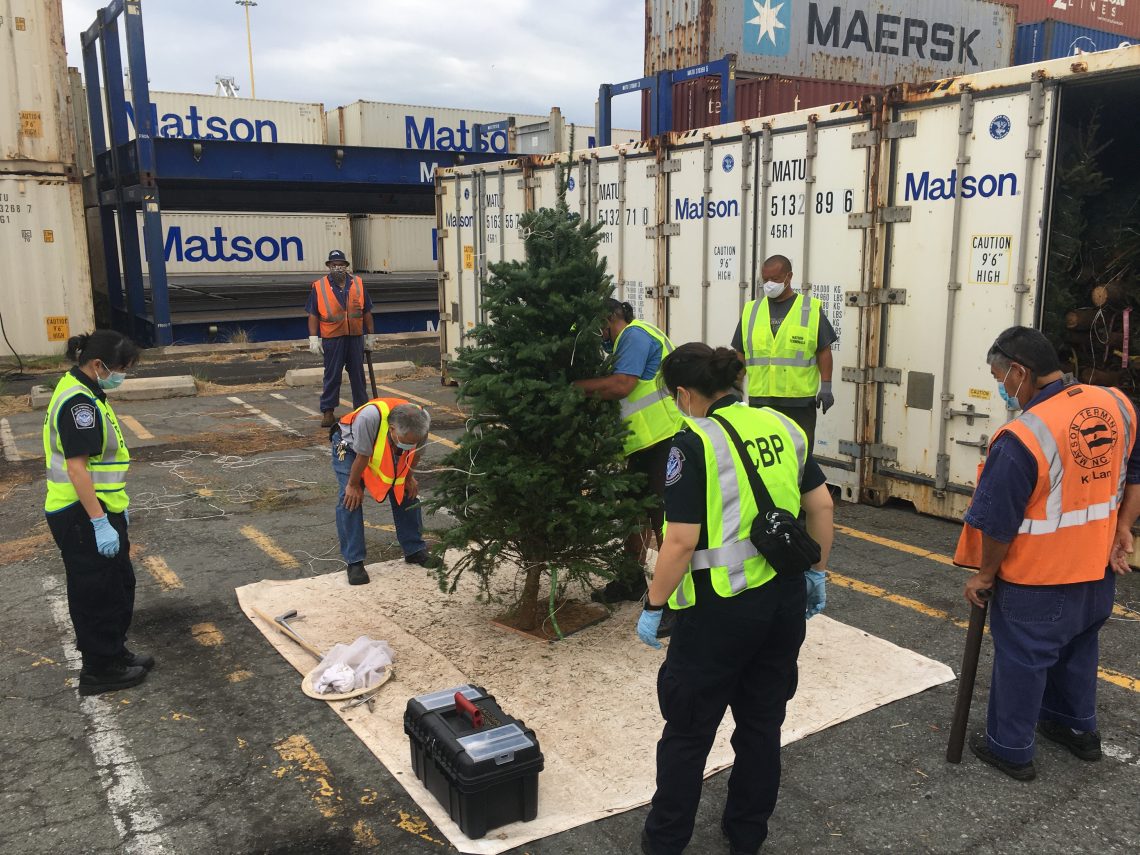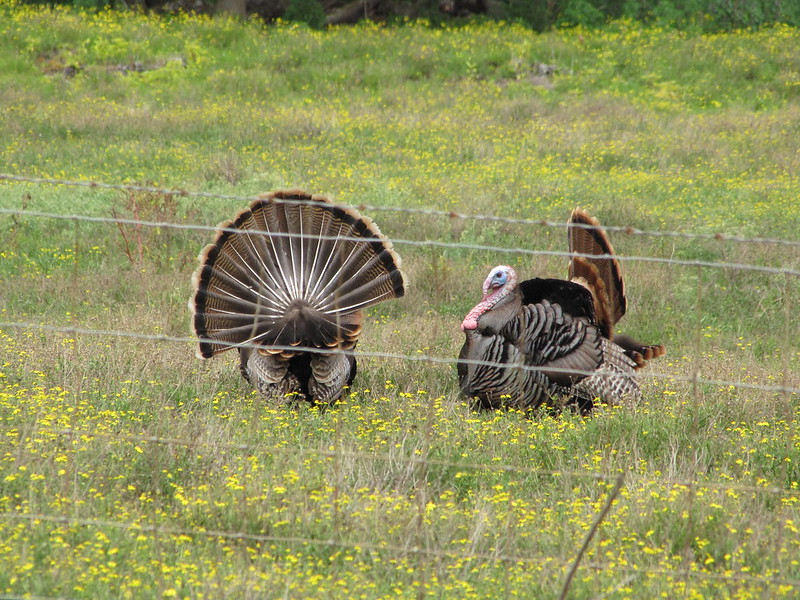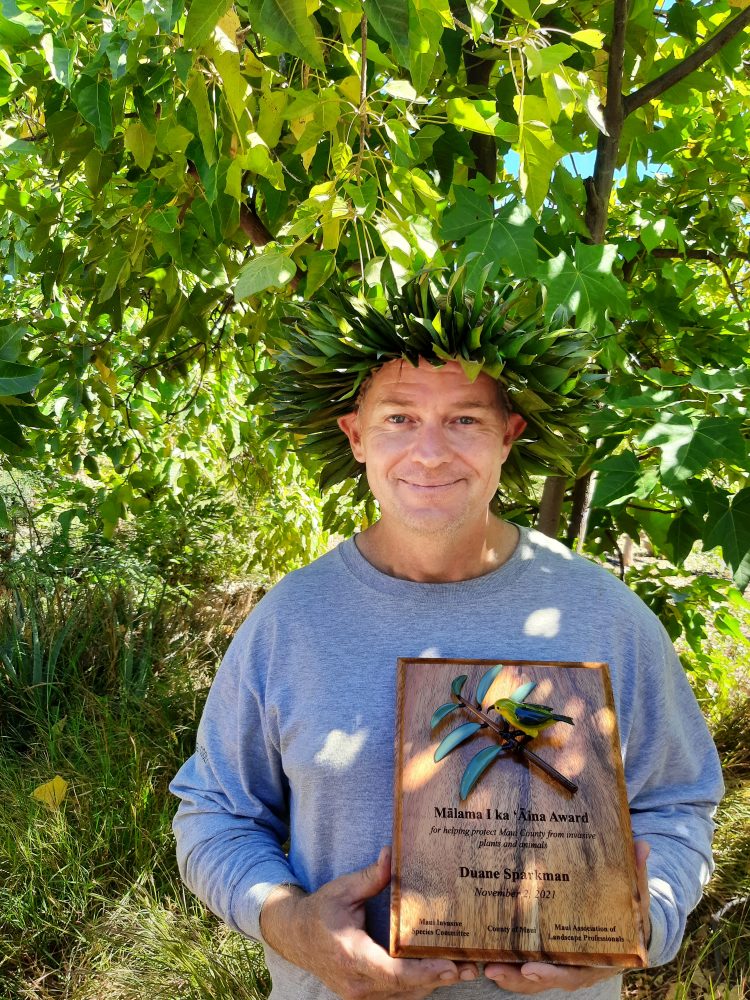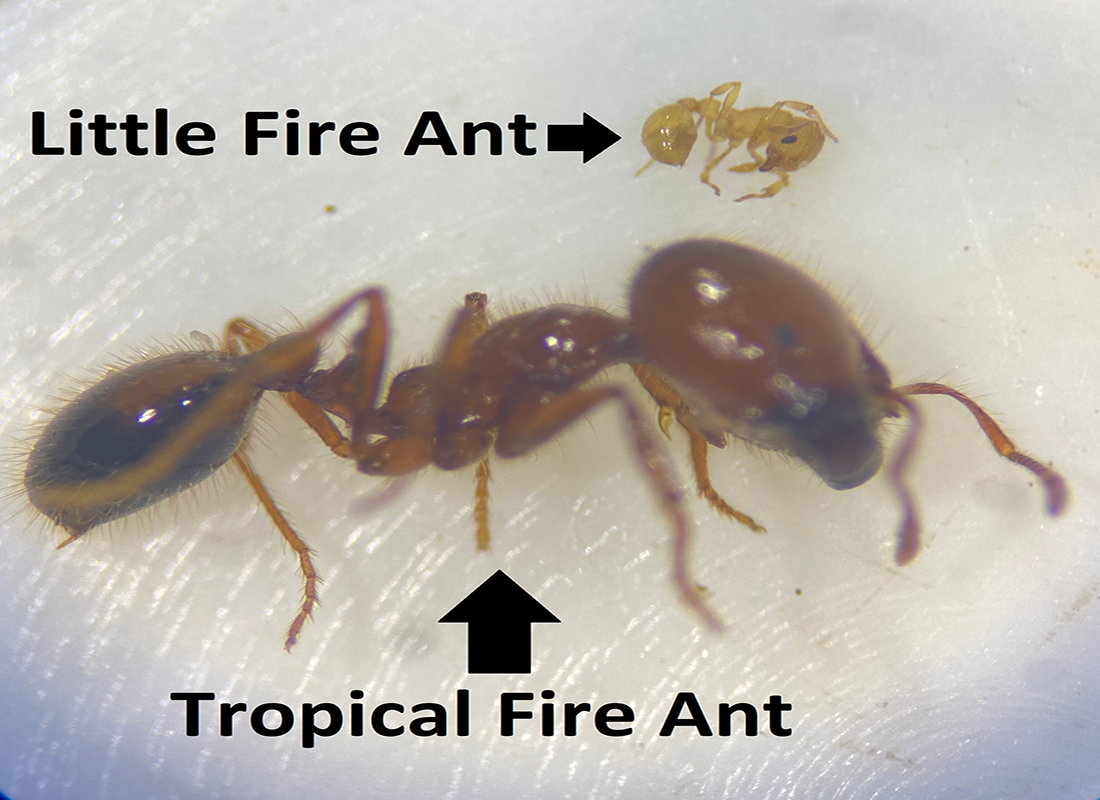Duane Sparkman, Chief Engineer at the Westin Maui Resort and Spa, is the 2021 recipient of the Mālama i ka…
Read More
2021
A Hawaiʻi Christmas Story
Nothing heralds the holiday season like the Christmas tree, but did you know that most of Hawaiʻiʻs Christmas trees are…
Read More
Gobble Gobble! Maui’s Wild Turkeys
With Thanksgiving only 12 days away, the traditional centerpiece of this holiday meal is likely on your mind. Stores will…
Read More
Duane Sparkman Receives 2021 Mālama i ka ʻĀina Award
Duane Sparkman, Chief Engineer at the Westin Maui Resort and Spa, is the 2021 recipient of the Mālama i ka…
Read More
Not All Fire Ants Are The Same
It’s a familiar feeling many of us have experienced. You may have been picnicking in a park, loading up a…
Read More





